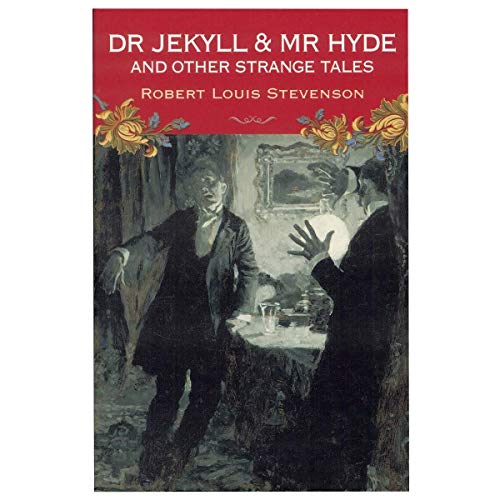The structure of ['Dr. Jekyll and Mr. Hyde'] follows a path as indirect and elusive as its multiple narrative voices. With its obliquely recorded incidents, its eyewitness accounts and sealed confessions, it resembles...a [police detective's] casebook--a collection of gathered clues, fragments, through which the clever detective may be able to...project a complete narrative. Perhaps one of the most compelling aspects of this novel [of ten chapters] is that, in fact, there's so much left here for [the reader] to fill in, so many scenes that [the reader] can only imagine. Such a structure creates fertile ground for allegory [a story with symbolic meaning] hunters, and there are indeed many convincing interpretations of this novel.
Robert Louis Stevenson (1850-1894) was a Scottish writer of both fiction and nonfiction who had poor health for much of his life. He did achieve great literary success in his own lifetime with the publications of the children's adventure novels Treasure Island and Kidnapped and the horror novella The Curious Case of Dr. Jekyll and Mr. Hyde.
